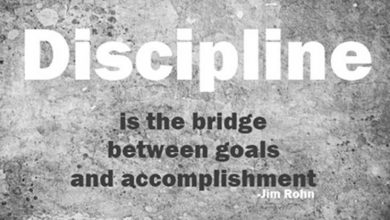
How to Write a Descriptive Essay: Effective Strategies and Techniques
A descriptive essay is a form of academic writing where students have to provide detailed descriptions of a person, situation, place, location, building, notion, object, emotion, experience, and more. Although this genre of writing allows for a great deal of artistic freedom, it can hardly be called easy because it requires vivid imagination. In fact, many students struggle with this type of writing and some even think that it would be better to ask someone “do my essays” to feel safe.
In this article, you will find some guidelines for writing a descriptive essay and effective techniques that will help you organize your writing process and successfully cope with this rather challenging assignment.

The purpose of a descriptive essay is to create a vivid picture in your reader’s mind by engaging five senses: sight, smell, taste, sound, and touch. If you can paint a vivid and moving image in your audience’s mind and make them feel that they have really gone to a certain place, seen a person, etc. then your essay is a success. But if your reader can’t form an impression of your description, and doesn’t feel an emotional connection with the thing that you are describing, you have a lot of work to do. You should find the best way to describe the subject in such a manner that your reader will be able to see, smell, and touch through your words.
Steps in Writing a Descriptive Essay
1. Choose a topic for your description. Usually, descriptive essays focus on a single person, event, object or location.
2. Write an outline and make sure that your essay is structured in such a manner that your topic makes sense. Make a list of characteristics, facts, and peculiarities that you will describe in your essay.
3. Collect information for an introductory paragraph if you are going to write about a location, a building, a holiday, a well-known person or a historical event. Think about your thesis statement.
4. Think about the main idea for every paragraph in your body section. Write your body paragraphs and ensure that you begin them with a topic sentence. Develop your thoughts and provide sensory details that will make a deep impression on your reader.
5. Write a conclusion that summarizes your description and reinforces the main impression that you want to make on your reader.
6. Take a break from your writing when you complete your work and review your essay later to improve the content and eliminate possible grammar and spelling mistakes and typos.
Key Points to Consider
1 You should use descriptive and figurative language (metaphors and similes) and concrete images to create a mental picture for the reader.
2 Make sure that you provide specific details in your descriptions and include colorful adjectives. Try to be innovative and unique. If you want to sound more versatile, you should group similar and opposing qualities together.
3 Choose your words carefully. Your words should be relevant to what you are describing and you should be clear and concise.
4 Your descriptions should be vivid and bright so a good idea is to use comparisons and be creative.
5 Include your subjective opinion and describe what you feel about the person, object or place. When you describe feeling and emotions related to your topic, you make connections you’re your audience on a deeper level. In this way, you can easily achieve your full descriptive potential.
6 You should appeal to the reader’s senses and explain how the thing looked, tasted, smelled. Embellish senses with flowery words and use vivid language to convey nuanced meanings.
7 Keep in mind that your goal is to leave your readers with a clear impression that’s why you need to evoke a strong sense of appreciation in your audience.
8 Although you have to describe senses and emotions you should strive to be organized and present a logical description. You should use a variety of transition words to connect your ideas and make your descriptions logical.
9 Be creative in using a variety of thoughtful techniques to express your ideas. Use complex and compound sentences to convey your thoughts.
Use these basic descriptive essay writing tips and rules that we have presented in this article for writing your own essays and do your best to link theory with practice.









